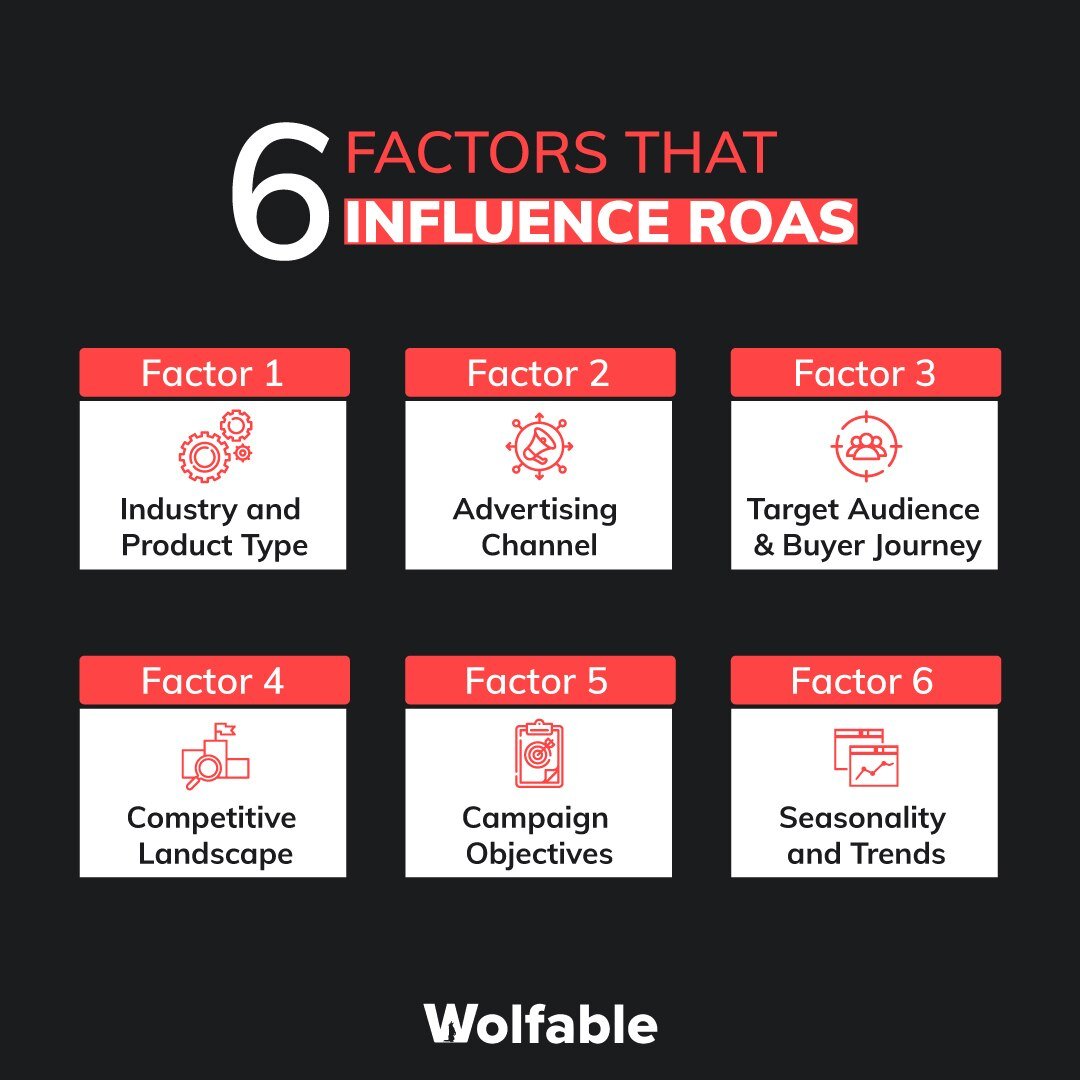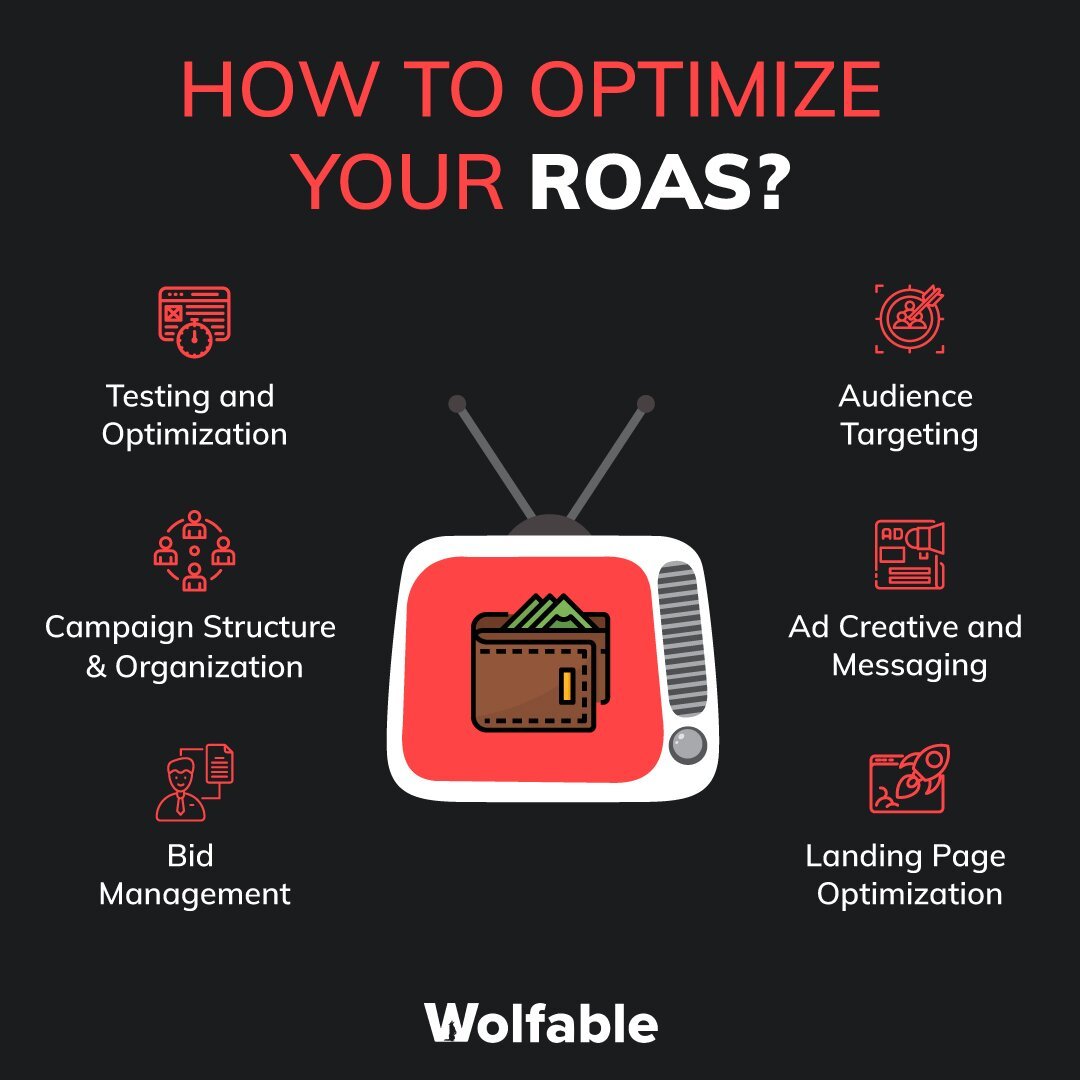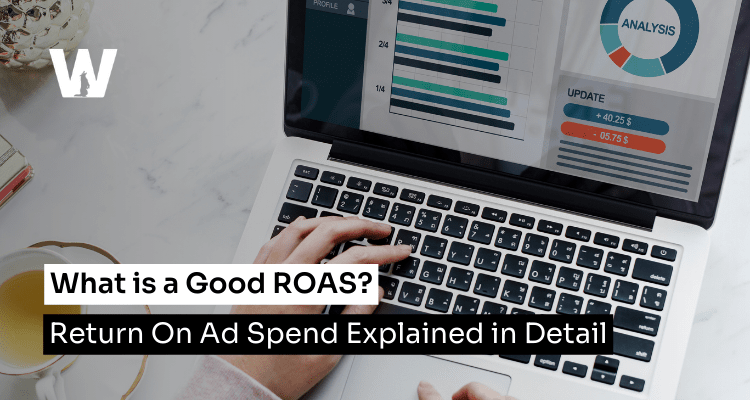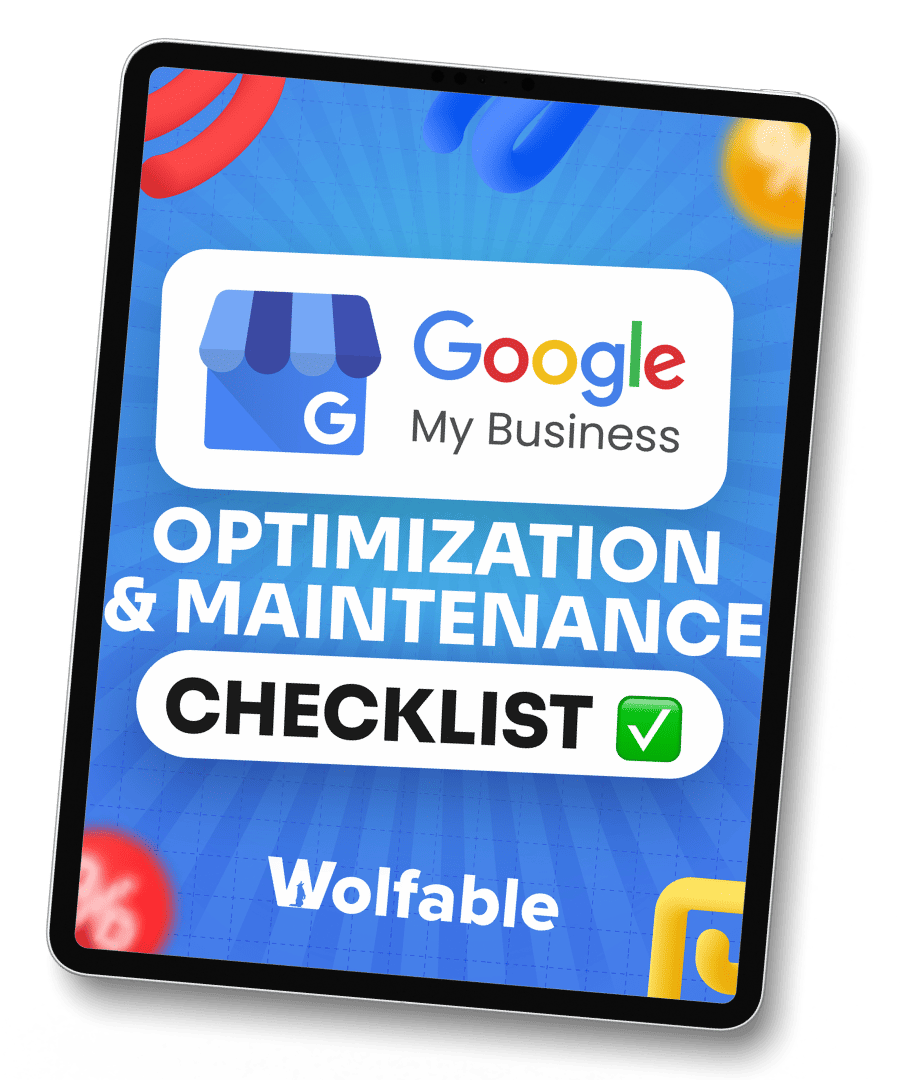Wraps up in 13 Minutes
Have you ever heard about ROAS?
Do you know what does ROAS stands for?
Well, the answer is simple. ROAS is an acronym for Return on Ad Spend, and it’s a crucial metric that helps you measure the effectiveness of your advertising campaigns.
For example, let’s say you’re investing thousands of dollars into various advertising channels, but you’re not sure if those ads are paying off.
This is where ROAS (Return on Ad Spend) comes in.
It gives you a clear and accurate picture of how much revenue you're generating for every dollar you spend on advertising.
When you learn to measure this metric effectively, you can make data-driven decisions, optimize your campaigns, and ultimately boost your bottom line.
In this comprehensive post, we will explore, what is ROAS in more detail, how to calculate ROAS, and most importantly, discuss what is a good ROAS.
What is ROAS?
As mentioned earlier, ROAS basically measures the revenue generated from your advertising efforts compared to the amount you spent on those efforts.
In other words, it tells you how much money you're making for every dollar you invest in advertising.
For example, if you spent $1,000 on a Facebook ad campaign and generated $5,000 in revenue from that campaign, your ROAS would be 5. This means that for every $1 you spent on advertising, you generated $5 in revenue.
Now, the best part about ROAS is that, unlike other metrics that can be complicated, ROAS gives you a direct correlation between your advertising efforts and the revenue they generate.
This makes it an invaluable tool for businesses of all sizes, from startups to multinational corporations.
What is a Good ROAS?
Now that you understand what is ROAS, let’s answer the million-dollar question— what is a good ROAS?
sadly, this question doesn't have a single solution that works for everyone.
The definition of a "good" ROAS varies depending on several factors, including your industry, product pricing, profit margins, customer lifetime value, and overall business goals.
However, we can provide some general guidelines to help you determine what is a good ROAS percentage for your business:
Industry benchmarks.
Different industries have different ROAS targets. For example, the e-commerce industry typically aims for a ROAS between 3 and 6, while the financial services industry may consider a ROAS of 2 or higher as acceptable.
Product pricing and profit margins.
If you sell high-ticket items with higher profit margins, you may be able to tolerate a lower ROAS. Conversely, if you sell low-cost products with slimmer margins, you'll likely need a higher ROAS to stay profitable.
Customer lifetime value.
If your products or services have a high customer lifetime value (CLV), meaning customers tend to make multiple purchases over time, you may be able to sustain a lower ROAS initially, as long as the CLV justifies the upfront advertising costs.
Business goals.
If your primary goal is brand awareness or customer acquisition, you may be willing to accept a lower ROAS in the short term, as long as you're building a solid customer base for future growth.
As a general rule of thumb, most businesses should aim for a ROAS of at least 3 to 4 to consider their advertising efforts successful.
However, it's crucial to analyze your specific business circumstances and set realistic ROAS targets accordingly.
How to Calculate ROAS?
Now that you understand the fundamentals of ROAS, let's discuss how to calculate ROAS.
The formula is simple:
ROAS = Revenue from Advertising / Cost of Advertising
Here's a breakdown of each component:
Revenue from Advertising:
This is the total revenue generated directly from your advertising campaigns. It's crucial to have proper tracking and attribution systems in place to accurately measure the revenue tied to each campaign.
Cost of Advertising:
This includes all costs associated with running your ad campaigns, such as ad spend, agency fees (if applicable), creative costs, and any other related expenses.
It's important to note that accurately tracking and attributing revenue to specific campaigns is essential for reliable ROAS calculations.
Many businesses struggle with this aspect, which can lead to inaccurate ROAS data and poor decision-making.
What is the Difference between ROAS and ROI (With Example)?
While ROAS and ROI (Return on Investment) are closely related, they are not the same.
ROAS specifically measures the return on your advertising spend, while ROI is a broader metric that considers all investments and returns for a particular business endeavor.
Here's an example to understand the difference:
Let's say you run an e-commerce business selling fitness equipment. You spent $10,000 on a Google Ads campaign, which generated $50,000 in revenue.
To calculate your ROAS, you would divide the revenue generated from the ad campaign ($50,000) by the cost of the campaign ($10,000):
ROAS = $50,000 / $10,000 = 5
This means that for every $1 you spent on the Google Ads campaign, you generated $5 in revenue. Your ROAS for this specific campaign was 5.
Now, let's consider the ROI. Suppose your total investment for the entire e-commerce business, including inventory, website development, staffing, and other overhead costs, was $100,000.
If your net profit for the year was $200,000, your ROI would be:
ROI = ($200,000 - $100,000) / $100,000 = 1 or 100%
This means that for every $1 you invested in your e-commerce business, you earned $1 in profit (or a 100% return on your investment).
As you can see, while ROAS focuses solely on the advertising aspect, ROI takes into account the overall investment and returns for the entire business endeavor.
Both of those metrics provide useful insights, but they each give you different types of information to consider.
ROAS is essential for evaluating the performance of specific advertising campaigns and optimizing your ad spend, while ROI provides a broader perspective on the profitability of your overall business operations.
6 Factors That Influence ROAS

While how to calculate ROAS is relatively straightforward, understanding the factors that influence your ROAS is crucial for optimizing your campaigns and achieving the best ROAS possible.
Here are some key factors that majorly influence ROAS:
Factor 1: Industry and Product Type
The expectations for how much revenue a business can generate from their advertising spend (known as ROAS) tend to vary across different industries and product types.
Let's look at an example — companies selling high-end, luxury items like designer handbags or sports cars can often sustain a lower ROAS compared to businesses selling inexpensive, everyday consumer goods like household cleaners or snack foods.
The reason? — Luxury products typically have much higher profit margins, which means the companies can afford to invest more money into advertising and still make a healthy profit, even with a lower return on that ad spend.
Factor 2: Advertising Channel
Where you choose to run your ads can make a big difference in your ROAS.
Advertising channels like search engine marketing (SEM), where your ads show up when someone searches for a relevant term on Google or Bing, and remarketing campaigns that target people who have already visited your website, tend to have higher returns.
This is because the people seeing these ads are usually further along in the buying process — they've been actively searching for what you offer or have already shown interest by visiting your site.
They're much more likely to actually make a purchase compared to someone who sees a more general display ad or social media ad.
Factor 3: Target Audience and Buyer Journey
Speaking of the buyer process, what stage your target audience is at in their "buyer's journey" is another key factor impacting ROAS.
Campaigns targeting completely new, "cold" audiences who don't know your brand yet, or campaigns focused just on raising general brand awareness, often have lower returns initially.
That's because the goal here is simply to introduce people to your products or services - actually convincing them to buy usually takes more nurturing.
On the other hand, campaigns aimed at "warm" leads who have already engaged with your brand somehow, or at existing customers, tend to yield much higher ROAS since these audiences are way further along and more likely to convert.
Factor 4: Competitive Landscape
How crowded and competitive your particular market or industry is can also have a huge impact on ROAS.
In markets with tons of established players all vying for the same customers, advertising costs like bids for prime ad placement tend to be much higher. And with those higher ad costs eating into profits, your overall return on ad spend may end up being lower.
However, with smart targeting and really compelling ad messaging that helps you stand out, it's still possible to achieve strong ROAS even in hyper-competitive spaces.
Factor 5: Campaign Objectives
The specific goals or objectives you set for an advertising campaign can result in very different benchmarks or targets for acceptable ROAS levels.
For example, suppose the main goal is just to generate a bunch of new leads by getting people to sign up for your email list or download a piece of content. In that case, you may be ok with a relatively low ROAS since leads still need to be nurtured further down the funnel before they actually spend money and become customers.
But for campaigns laser-focused on driving direct online sales or purchases right away, your ROAS targets will naturally be much higher.
Factor 6: Seasonality and Trends
Seasonality patterns and overall market trends can cause your ROAS to fluctuate up and down at different times of the year.
During seasonal peaks when demand for your products or services is at its highest, like holidays or back-to-school periods, advertising costs often rise due to the increased competition. And with those higher ad costs, your ROAS may dip a bit lower during those busy periods.
Conversely, in the off-peak, slower seasons, there are often opportunities to get better ad pricing and placement, which can lead to higher returns on your ad spend.
How to Interpret Your ROAS Results?
Once you've calculated your ROAS, the next step is to interpret the results and determine what they mean for your business.
Here’s how you can interpret your ROAS results:
Establish ROAS Benchmarks
To effectively interpret your ROAS, you need to establish benchmarks. These benchmarks can be based on industry standards, historical data from your own campaigns, or your specific business goals.
For example, if the average ROAS in your industry is 4, you may consider anything above 4 to be a "high" ROAS and anything below 3 to be a "low" ROAS.
Short-term vs. Long-term ROAS
When evaluating ROAS, it's important to consider both short-term and long-term perspectives. Some campaigns may have a lower ROAS initially but contribute to building brand awareness or customer loyalty, which can lead to higher lifetime value and long-term profitability.
Comparing ROAS across Campaigns
Comparing ROAS across different ad campaigns and channels can provide valuable insights. But you need to make sure you're evaluating things in a fair and consistent way. It wouldn't be right to judge one thing based on certain criteria while judging something else using different standards.
ROAS and Profitability
While ROAS is an important metric, it doesn't tell the whole story when it comes to profitability. A high ROAS doesn't necessarily mean your campaigns are profitable if your product margins are low or your customer acquisition costs are high.
This is why you must always consider ROAS in conjunction with other financial metrics to get a complete picture.
Identifying Opportunities for Optimization
Interpreting your ROAS results should also involve identifying opportunities for optimization.
If a particular campaign or channel has a low ROAS, explore ways to improve targeting, messaging, or landing page performance. Conversely, campaigns with high ROAS may present opportunities for scaling and driving more revenue.
When you properly interpret your ROAS results and use them in conjunction with other performance metrics, you can make data-driven decisions to optimize your advertising strategies and improve overall profitability.
How to Optimize Your ROAS?

Now that you understand how to interpret your ROAS results, let's explore some strategies for optimizing and achieving the best ROAS possible:
Audience Targeting
Audience targeting is hugely important for improving ROAS. You want to make sure your ads are being served to the people most likely to actually buy your products or services.
Don't just cast a wide net - that's a waste of ad spend. Instead, really lean into your data and insights to identify the specific audiences that tend to convert best for you.
Most importantly, answer the following question — Who are your most valuable customer segments based on demographics, interests, buying behaviors, etc.?
Once you know the answer, double down on targeting those prime audiences with laser-focused tactics like building custom audiences for remarketing, using precisely defined interest-categories, etc.
Remember, the more relevant and valuable your messaging is to each person seeing it, the higher your conversion rates and ROAS will be.
Ad Creative and Messaging
Your ads — the visual creative, the written copy, the overall messaging, and the value proposition — are make-or-break for driving results.
So, it’s crucial to put in the work and deeply understand your core audiences and what motivates and resonates with them.
Then, design creatives that speak directly to their specific wants, needs, pain points, etc.
Most importantly, you must test different kinds of approaches such as different ad formats, messaging angles, visual styles, and even design executions.
The idea is to keep experimenting and refreshing your creativity regularly in order to avoid it getting outdated.
Landing Page Optimization
Let’s say your ads hooked someone's attention and got them to click — great!
But now you have to nail the landing experience to actually seal the deal and turn that click into a conversion or sale.
This is where landing page optimization comes into play in a huge way for driving ROAS.
Everything about that post-click experience needs to be perfect. For instance, the messaging needs to flow seamlessly from your ads, the page design and layout need to be clean and intuitive for moving people through the funnel, and calls-to-action need to be super clear and compelling.
To achieve this, you should run A/B or even multivariate tests on every aspect until you identify the highest-performing ad recipe.
Bid Management
How you bid on ad placements and keywords and allocate your budgets across campaigns can have a massive impact on ROAS.
If you just set it and forget it, you’ll never achieve your desired results.
To really succeed at this, you need to get hands-on with bid adjustments to increase or decrease bids strategically based on performance data around things like device type, geographic locations, times of day, etc.
When you see certain segments consistently overperforming, double down there. If others are total duds, reallocate that budget elsewhere.
You can also look into using automated bid management solutions that harness machine learning to continuously optimize bids in real time based on highly granular performance data.
It takes some of the manual effort out of squeezing every drop of ROAS possible.
Campaign Structure and Organization
This is one of those foundational building blocks that often gets overlooked but can make or break your ability to scale profitably.
Having a thoughtfully structured, well-organized account architecture for your campaigns is key for improving ROAS over time.
This makes it exponentially easier to analyze performance data, identify what's working and what's not, make optimizations, and reallocate budgets effectively to double down on your highest-ROAS activities while cutting dead weight.
Testing and Optimization
Finally, continuous testing and optimization is absolutely vital for achieving and maintaining the best possible ROAS over time.
If you just set it once and never optimize it, your returns and ROAS will definitely go downstream.
To avoid this, you need to adopt a mindset of constant experimentation and keep testing new tactics and strategies around audience targeting, creative messages, bidding approaches, and campaign settings, you name it.
As a matter of fact, the brands that build ROAS testing and refinement into their core DNA are the ones that'll maintain a durable competitive edge.
Conclusion
Understanding and using ROAS effectively can truly level up your advertising efforts as well as results.
However, keeping up with data analysis, campaign optimizations, and ever-changing marketing trends can be overwhelming when you're already wearing multiple hats as a business owner or marketer.
Well, that’s where Wolfable comes in to make your life easier.
Wolfable is a top-notch digital marketing agency laser-focused on maximizing your ROAS. Our team of seasoned experts uses cutting-edge strategies to relieve you of the ROAS optimization burden.
At Wolfable, we understand that every business is unique, with its own set of challenges and goals. That's why we take a tailored approach, crafting customized strategies that align with your specific objectives and industry landscape.









